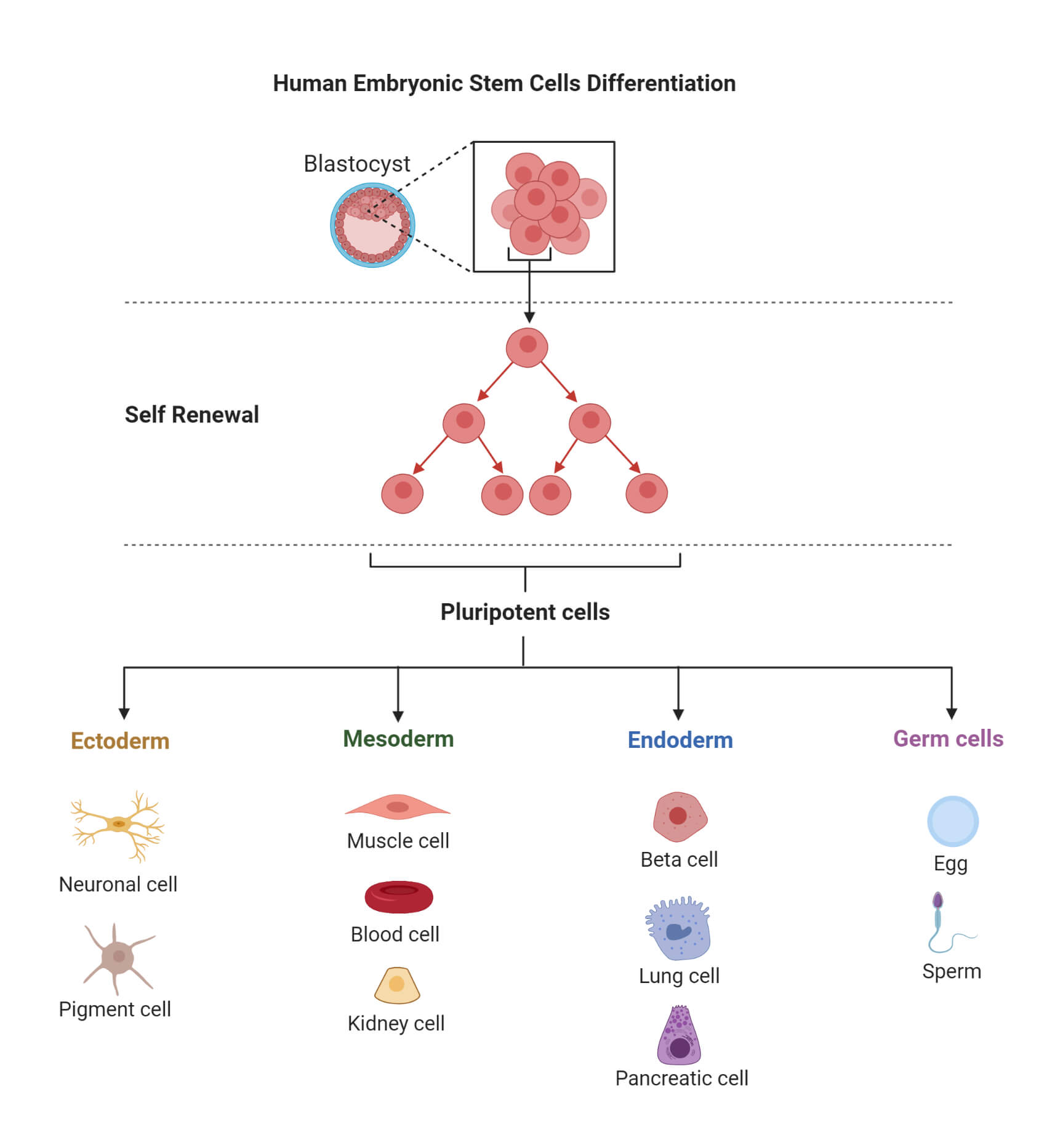Table of Contents

[/image][=video]
[/video]
There are several kinds of stem cells. In basic, the term stem cell refers to a category of cells that generate other cells (like skin, blood, heart, and muscular tissue cells) by replicating and differentiating in reaction to chemical signs. Totipotent stem cells show up at the earliest phase of advancement and are the only stem cells which can produce beginning stem cells and the placenta.
Bone marrow transplant (BMT) is a special therapy for individuals with specific cancers or other illness. A bone marrow transplant involves taking cells that are normally found in the bone marrow (stem cells), filtering system those cells, and providing back either to the benefactor (patient) or to another individual. The objective of BMT is to transfuse healthy bone marrow cells into an individual after his/her own harmful bone marrow has been dealt with to eliminate the irregular cells.
The blood cells that make various other blood cells are called stem cells. The most primitive of the stem cells is called the pluripotent stem cell.
It is the stem cells that are required in bone marrow transplant. The objective of a bone marrow transplant is to heal many illness and kinds of cancer cells. When the dosages of chemotherapy or radiation required to heal a cancer are so high that a person's bone marrow stem cells will be completely harmed or ruined by the therapy, a bone marrow transplant might be required.
Hormone Therapy servicing Troy
This process is frequently called rescue. Change bone marrow with genetically healthy operating bone marrow to stop even more damages from a genetic illness procedure (such as Hurler's syndrome and adrenoleukodystrophy). The threats and advantages have to be considered in a detailed conversation with your health care supplier and professionals in bone marrow transplants before the procedure.
There are various sorts of bone marrow transplants relying on who the benefactor is. The different kinds of BMT include the following: The benefactor is the client himself or herself. Stem cells are extracted from the person either by bone marrow harvest or apheresis (a procedure of collecting outer blood stem cells), frozen, and afterwards provided back to the person after extensive treatment.
The donor shares the exact same genetic kind as the client. Stem cells are taken either by bone marrow harvest or apheresis from a genetically matched benefactor, generally a brother or sis. Various other benefactors for allogeneic bone marrow transplants may consist of the following: A haploid-identical suit is when the benefactor is a parent and the hereditary suit is at least half the same to the recipient.

Matching involves keying human leukocyte antigen (HLA) cells. The antigens externally of these special leukocyte establish the hereditary make-up of a person's body immune system. There are at least 100 HLA antigens; nonetheless, it is believed that there are a couple of significant antigens that figure out whether a benefactor and recipient suit.
Medical research is still exploring the role all antigens play in the procedure of a bone marrow transplant. The more antigens that match, the much better the engraftment of contributed marrow. Engraftment of the stem cells occurs when the donated cells make their way to the marrow and start making new members cells.
Regenerative Therapy in Troy
All individuals function with each other to give the finest chance for an effective transplant. The group consists of the following: Healthcare service providers who specialize in oncology, hematology, immunology, and bone marrow hair transplant.
Experts that will certainly aid you satisfy your nutritional demands prior to and after the transplant. Several other group participants will review you prior to transplantation and will provide follow-up care as needed.

A total case history and physical examination are executed, including multiple examinations to assess the individual's blood and organ features (for instance, heart, kidney, liver, and lungs). A person will frequently enter the transplant center up to 10 days before transplant for hydration, evaluation, placement of the central venous line, and various other preparations.
Blood items and medicines will certainly be provided via the catheter throughout therapy. For an allogeneic transplant, an ideal (tissue keyed in and matched) benefactor needs to be readily available. Discovering a matching contributor can be a difficult and lengthy procedure, especially if a sibling suit is not available. Voluntary marrow donors are registered in a number of nationwide and global computer system registries.
Donor resources available include: self, sibling, moms and dad or relative, nonrelated individual, or umbilical cord from a related or nonrelated individual. There are nationwide and global registries for nonrelated individuals and cord blood.
Menopause Therapy
Tests connected to his or her health, exposure to infections, and genetic evaluation will be done to determine the degree of the match. The benefactor will be given instructions on exactly how a bone marrow donation will be made. Once a suit for a person requiring a bone marrow transplant is discovered, after that stem cells will be accumulated either by a bone marrow harvest.
Or by an outer blood stem cell collection. This is where stem cells are gathered from the flowing cells in the blood.
Navigation
Latest Posts
Menopause Therapy
Menopause Treatment local to Troy
Medical Group